On the Croatian coast, a marlin fish locks eyes with Viktor De Mey during a dive, its spear-like snout narrowly missing him as it swims past. De Mey shoots out of the water, realizing with fresh clarity that he wants to study marine and freshwater biology at the University of Guelph.
That choice will bring him to one of the University’s most sought-after courses: marine biology and oceanography.
“This is the course everyone talks about,” De Mey says.
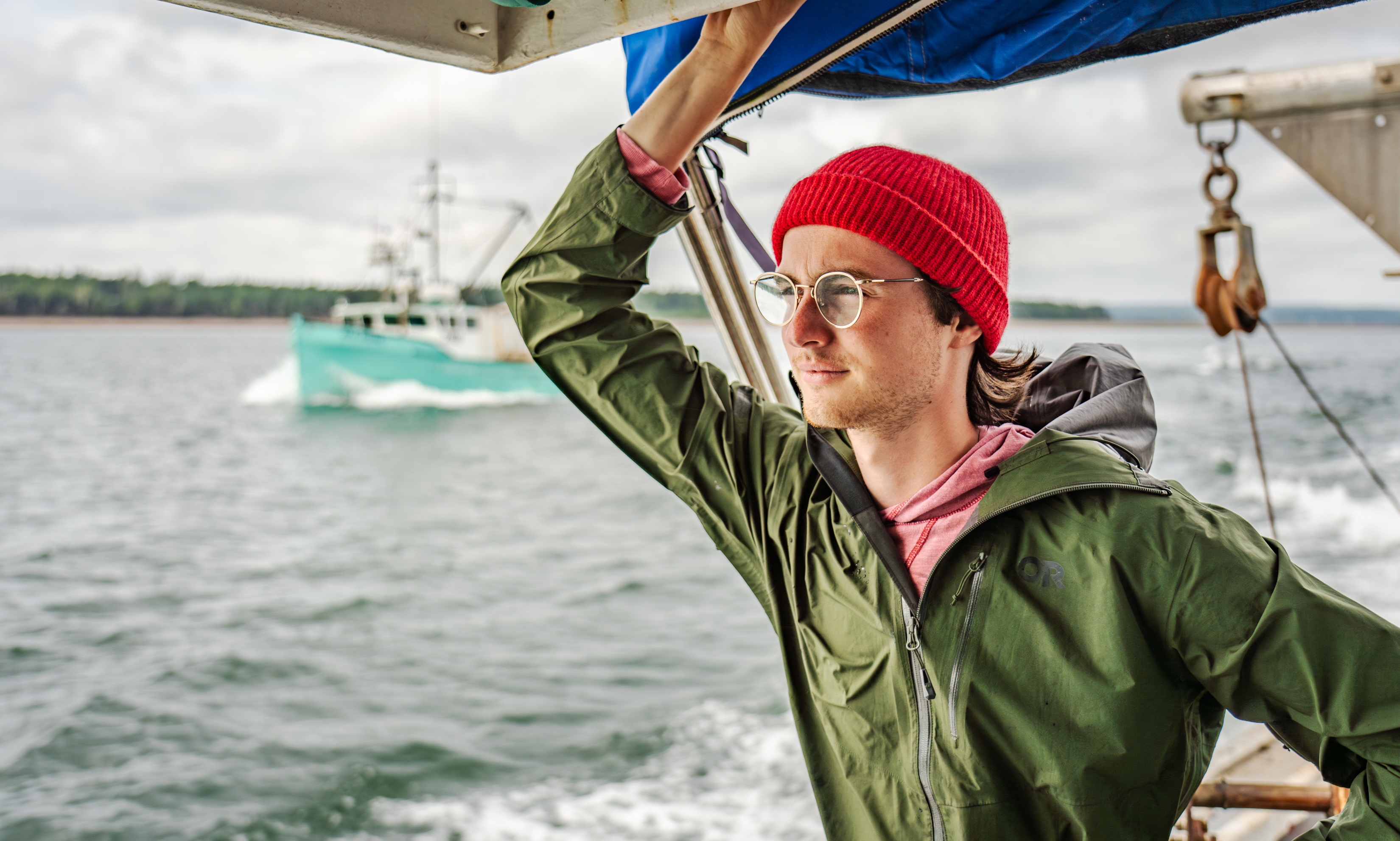
The two-week field course offered by the College of Biological Science takes students to where the tides are the highest in the world. At the Huntsman Marine Sciences Centre in Passamaquoddy Bay, N.B., students discover what it takes to become true ocean scientists in a curriculum guided by their professors, instructors, research station scientists and members of the Peskotomuhkati Nation, in whose traditional territory the field course operates.
“You spend a month researching, hypothesis forming, learning the philosophy of science,” De Mey says. “We felt very prepared for the course, but there are still butterflies before you get there.”
The butterflies disappear soon after they arrive in the town of St. Andrews, N.B., where they begin to immerse themselves in the field.
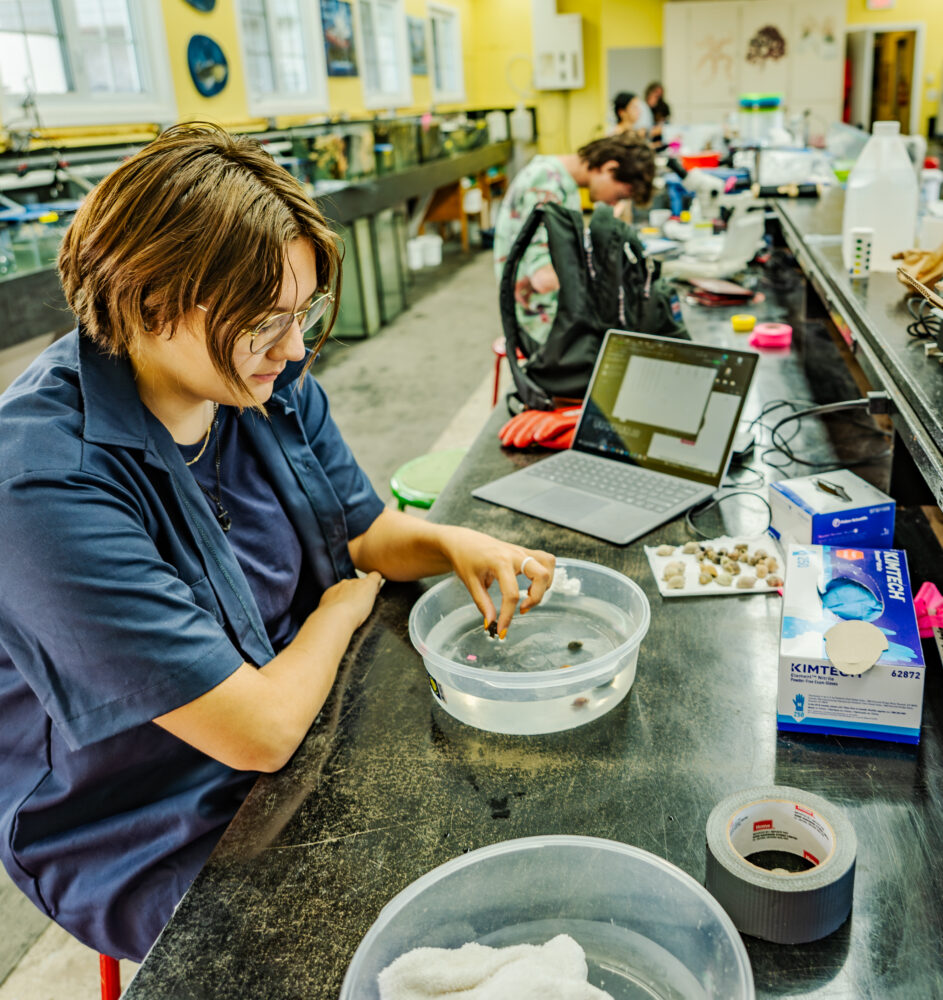
Days often last from 7 a.m. to 10 p.m. or later. Students wake early to catch low tide, collect samples in the bay and analyze them in the laboratory. They dine and sleep in the field station itself – sometimes staying up too late with newfound friends.
Rain or shine, they board the Hunstman research vessel, Fundy Spray, to trawl fish and other species that live along the sea floor. Or they travel via the Peskotomuhkati hybrid electrical vessel Hartford Hybrid for oceanographic monitoring, plankton hauls and cultural teachings by Peskotomuhkati Elders.
All the while, integrative biology professor Dr. Stephen Crawford poses fundamental questions:
What is science? How does it get done?
“You can learn science in the classroom, but when you’re actually smacking sea salt off of your lips, and you’re seeing animals breaching the ocean, it changes how you approach everything,” Crawford says. “After the course, students no longer see the scientific method the same way.”
Crawford himself took the course in 1985 and has seen it evolve to incorporate climate change and Indigenous perspectives.
With a deep history in the region, the Peskotomuhkati People are fighting to revive the ecosystem’s natural resources. Students meet with leaders to learn about Peskotomuhkati culture, studying their ways of gathering knowledge and coming to appreciate their waters, land and their relationship to the area.
“We were grateful the Peskotomuhkati treated our students as honoured guests this past trip,” Crawford says. “It’s an incredible opportunity for us to develop these relationships with Peskotomuhkati Nation, and for students to understand the importance of reciprocal and meaningful exchange of knowledge.”
U of G student choose their own research adventure
For the entire two weeks, students are on a scientific mission.
The first week is dedicated to exploration. Groups gather data in tidal pools to survey the area’s biodiversity and measure environmental factors. In the second week, they collect data for their self-directed research project.
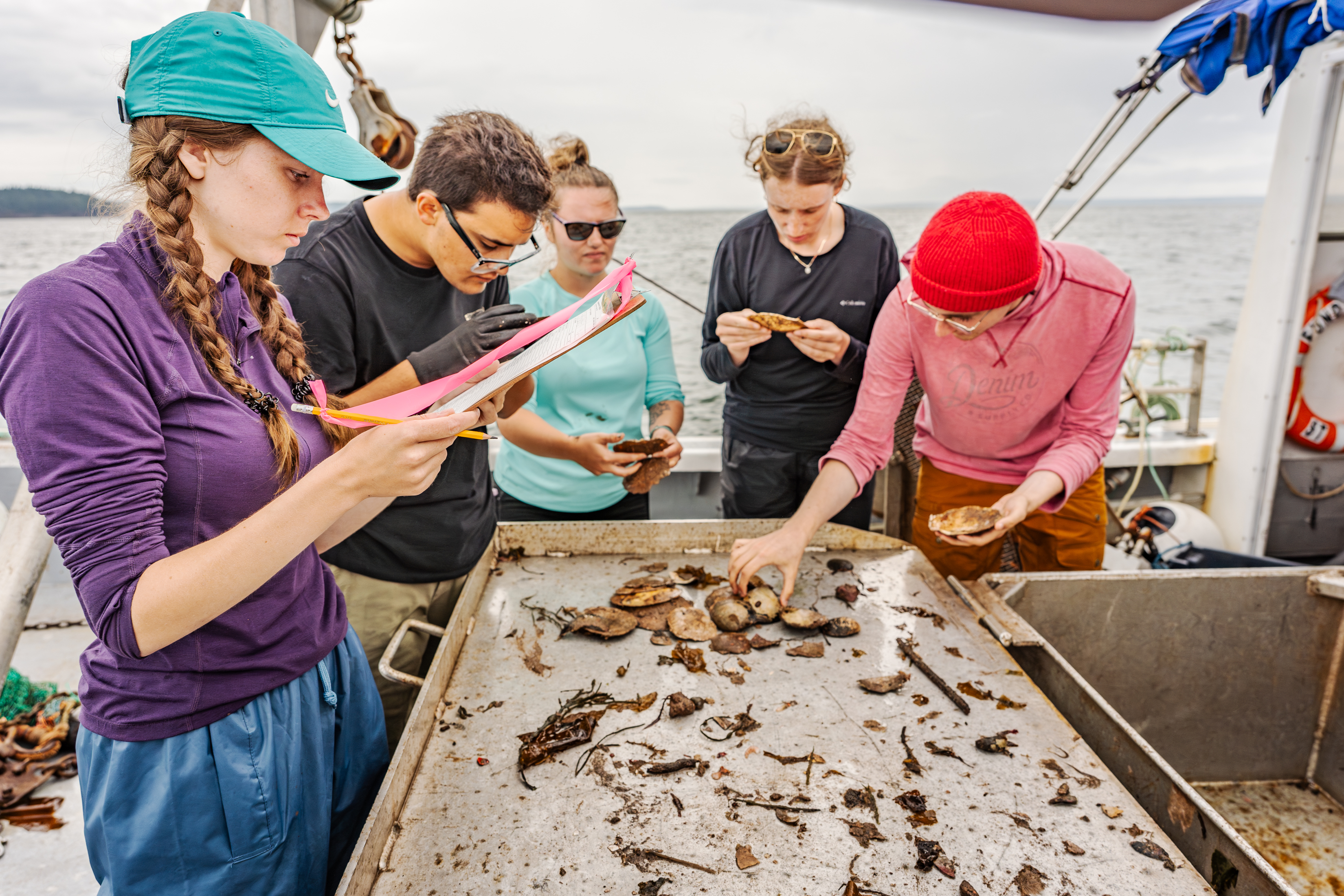
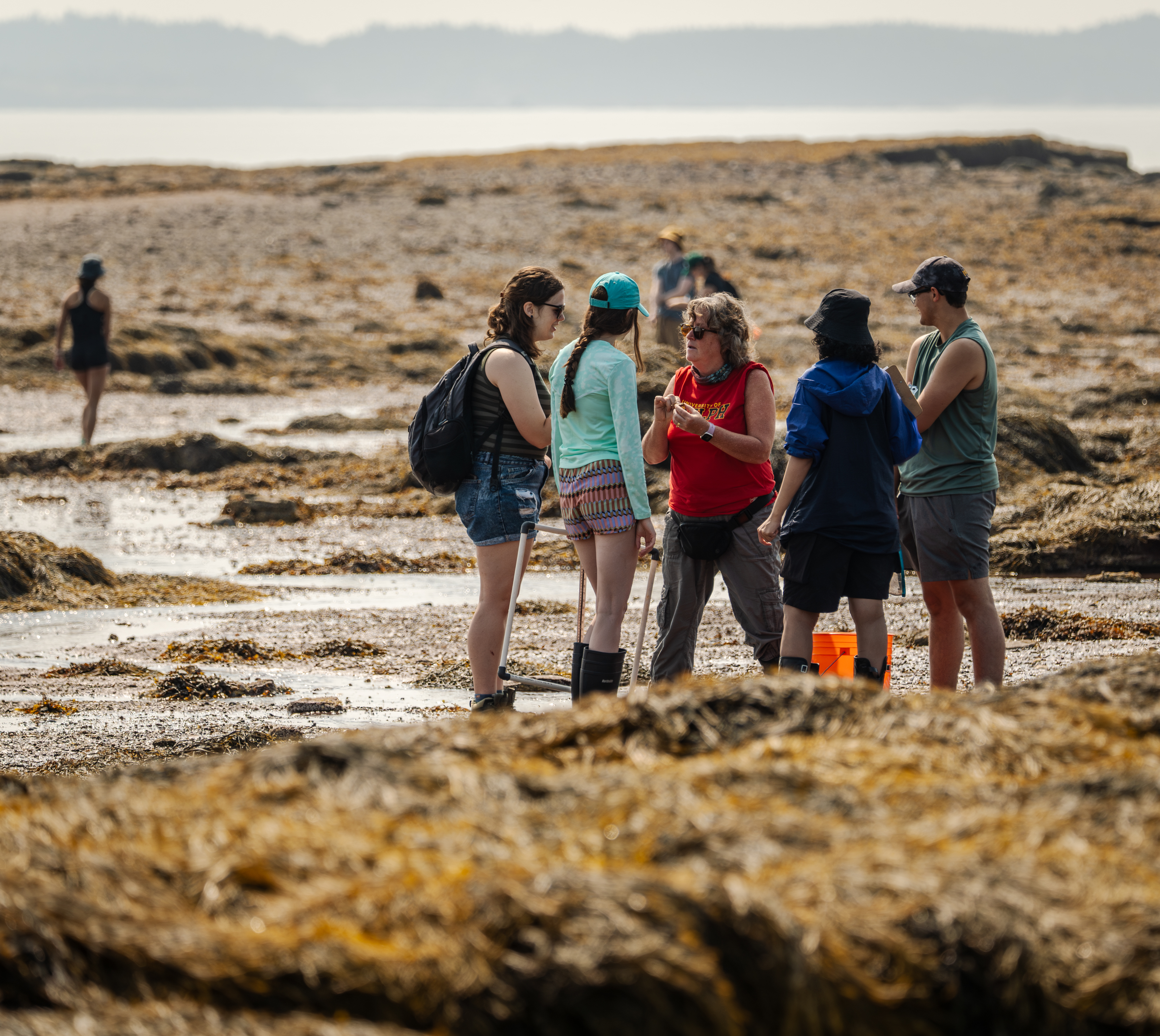
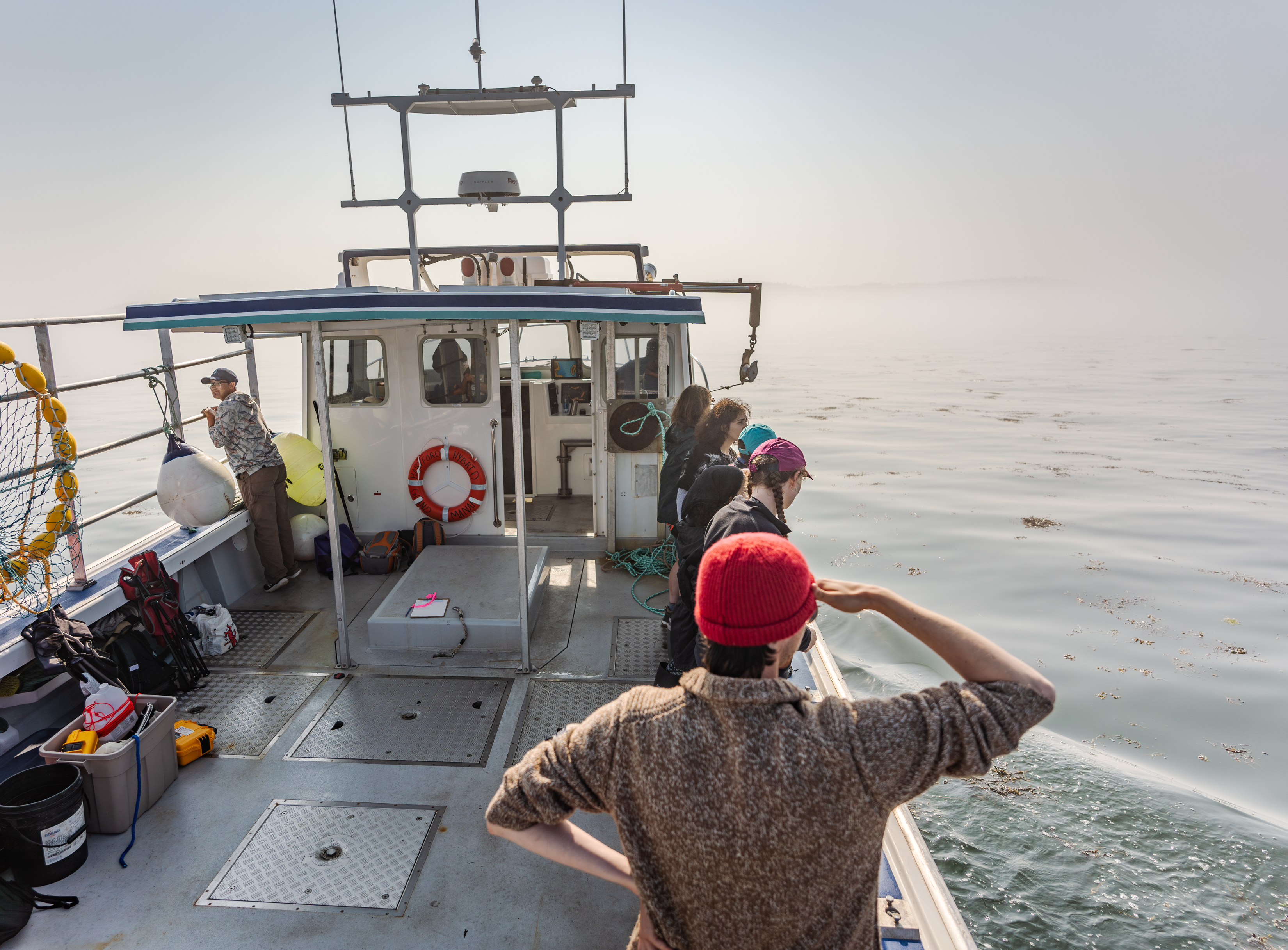
De Mey chose to study the European green crabs he knew from his childhood in Belgium. At first, he hypothesized that the larger the crab, the more diverse the diet. Larger crabs are stronger and therefore able to eat more varied creatures, he initially thought.
To evaluate the hypothesis, he assessed the sands to find and collect crabs, measuring and recording the length of their shells. Back at the lab, he dissected the stomachs of these invasive species, analyzing their contents under the microscope.
De Mey found opposing results: there isn’t much variety in larger crabs’ diets. Perhaps they lack the dexterity to eat more varied creatures, he suggests.
But as he learned from Crawford, there are no wrong results in the research process.
“My experimental results were completely backwards to what I thought, and there’s nothing wrong with that,” he says. “That’s good science.”
Marine and freshwater biology major gets students future ready
A fourth-year marine and freshwater biology (MFB) student, De Mey reflects on his time at U of G: “This really is my dream program,” he says.
De Mey selected U of G for its MFB major, which capitalizes on the University’s excellence in aquatic research and exposes students to the ecology, evolution, genetics and physiology of aquatic life.

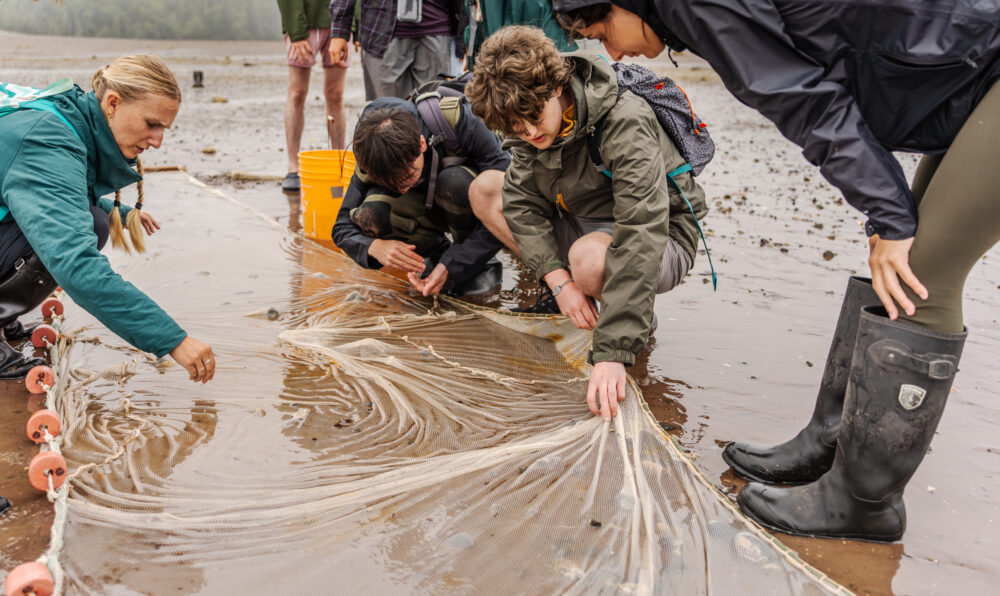
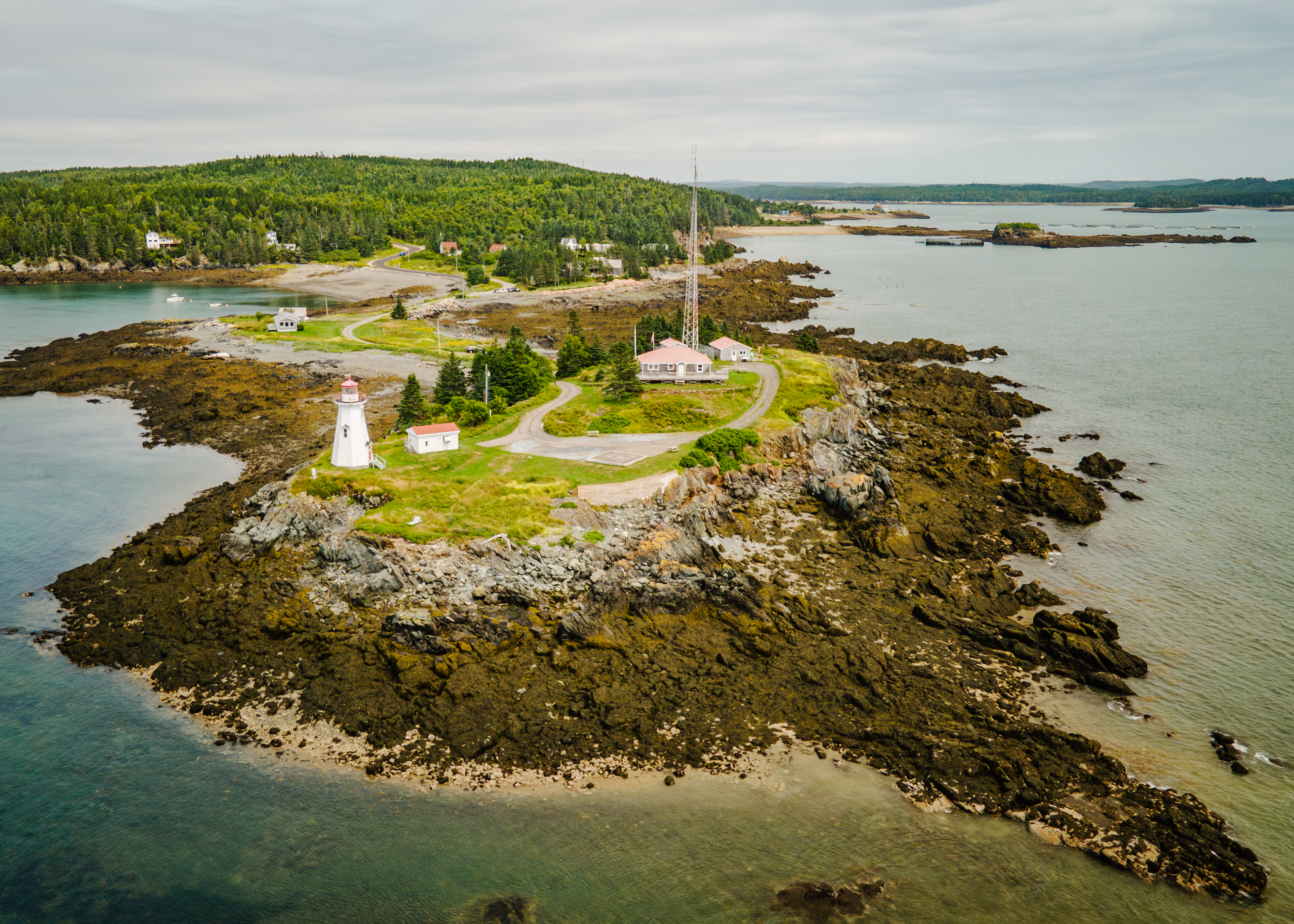
Dr. Amy Newman, professor and chair in the Department of Integrative Biology, says field courses like these are a core part of U of G’s MFB and integrative biology identity.
“The course presents an enriching opportunity for students to practice the scientific method, get hands-on experience, develop relationships with their peers and learn from experts in the field,” says Newman. “Our field courses set Integrative Biology apart from other biology departments in Ontario and Canada.”
First introduced at U of G in 1969, the course boasts a rich legacy spanning over 50 years, with some alumni even returning to take part in the trip. Now professional marine biologists or oceanography workers, U of G alumni say they met their lifelong friends during the course more than 30 years ago.
“I can’t think of any other course I’ve ever taught where you get to see students creating very long-term positive memories,” Crawford says. “Watching them experience everything, you see them change as people.”
